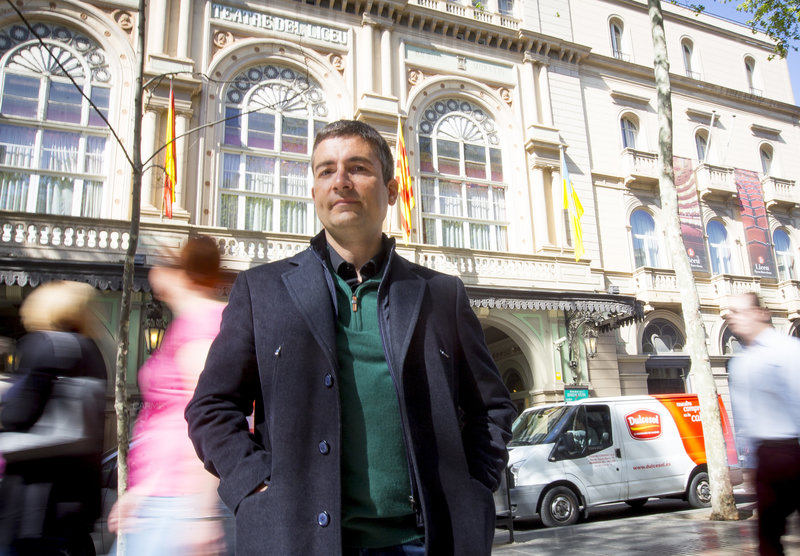Unknown Barcelona
The book Curioses històries de Barcelona invites readers to learn more about the city's mysterious side, explaining events and legends from Barcelona's 2,000-year history
Most people do not realise that when passing by Estació de França in Barcelona they are walking on what, hundreds of years ago, was an island called Maians. It was actually more of an islet located 300 metres outside the Medieval city wall. In the 14th century, construction on the city's port led to the decision to connect the island with the mainland. This is how the small peninsula upon which the district of Barceloneta came into existence.
This is just one interesting fact in a new book by journalist and writer, David Izquierdo. Curioses històries de Barcelona, published by Llibreria Universitària, contains 33 short stories about the Catalan capital, including facts, legends and mysteries, all little known by many city residents.
“It is a book for everyone and it has no other aim than directly bringing people interesting histories that are not well known,” says the Barcelona writer. Izquierdo maintains that Curioses històries de Barcelona is not a guidebook, but rather a way of awakening the curiosity of readers so that they then go on to find out more about the stories that interest them. The book went on sale in November and by January had sold 1,500 copies of its first edition. In February, a second edition of 2,000 copies was published.
Curioses històries de Barcelona is divided into three parts. The first, which tells of mysteries and legends, begins with a story related to the mountain of Tibidabo. Specifically, with its name because, according to Izquierdo, tibi dabo is “a diabolical phrase” that comes from the Latin for “I will give you”. The story goes that some monks named the mountain in the 16th century after the episode in the life of Jesus when Satan tempts him in the desert. This section also includes the case of Enriqueta Martí, known as the Raval vampire , for example. The architect Antoni Gaudí also stars in one of the histories. In 1926, he was run over by tram and it seems no one came to his aid because they thought he was a tramp. The architect died a few days later. In the second section, the book offers readers historical details about the city, such as the fact that during Roman times it was acclaimed for its oysters. The final section deals with histories about everyday Barcelona and details, for example, the great snowfall of 1962, on Santa Eulàlia's day, “the forgotten patron”, and
the patron of Barça.
“Between 2005 and 2012, I lived outside Barcelona and that made me see it from a different perspective and discover things that I never saw when I lived there,” says the author. In fact, in 2010, Izquierdo decided to start work on a first novel, Tots els noms de Barcelona (Stoker Books), which was published in 2012. In working on the novel, he began learning about stories that surprised him and, once published, he began explaining these stories on the radio for Onda Cero. The next step was to write the histories down and thus Curioses històries de Barcelona was born.
The story of the Plaça de Felip Neri
This square near the Cathedral has a sad story: in January 1938 during the Civil War bombing, 42 people died with only the façade of the Sant Neri church remaining intact. The scars on its stone walls are still visible today.
The curse of the Liceu opera house
Built in 1847 on the remains of a former monastery, which was burnt and destroyed in 1835 during a popular rebellion when a few monks died, the Liceu was destroyed by fire twice more, in 1861 and in 1994.
The legend of Sant Medir
Sant Medir is a popular festival in the Gràcia, Sarrià and Sant Gervasi districts. It is held on March 3 and pays homage to Medir, a farmer who helped the bishop of Bàrcino while the Romans were persecuting 4th century Christians.

